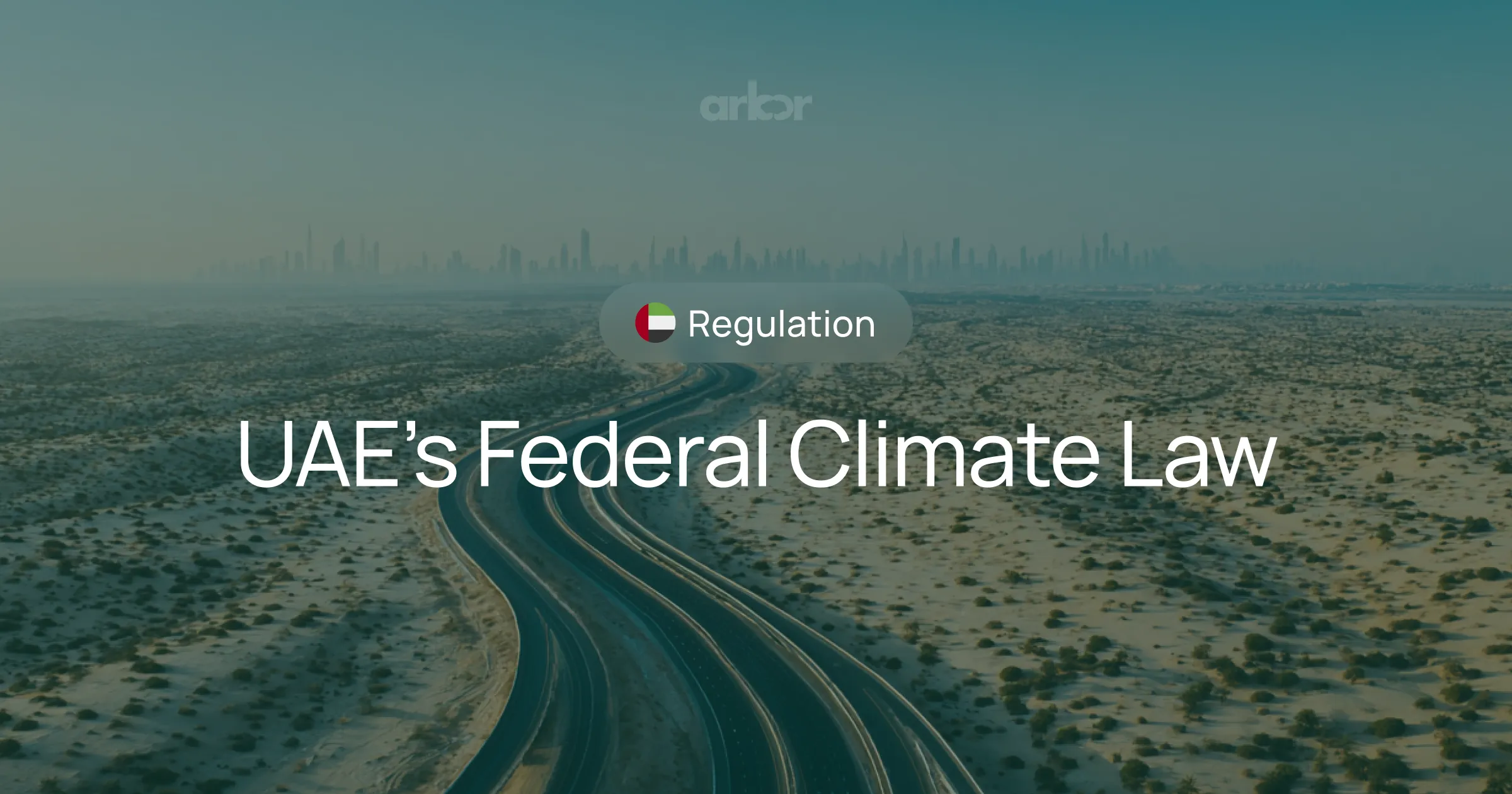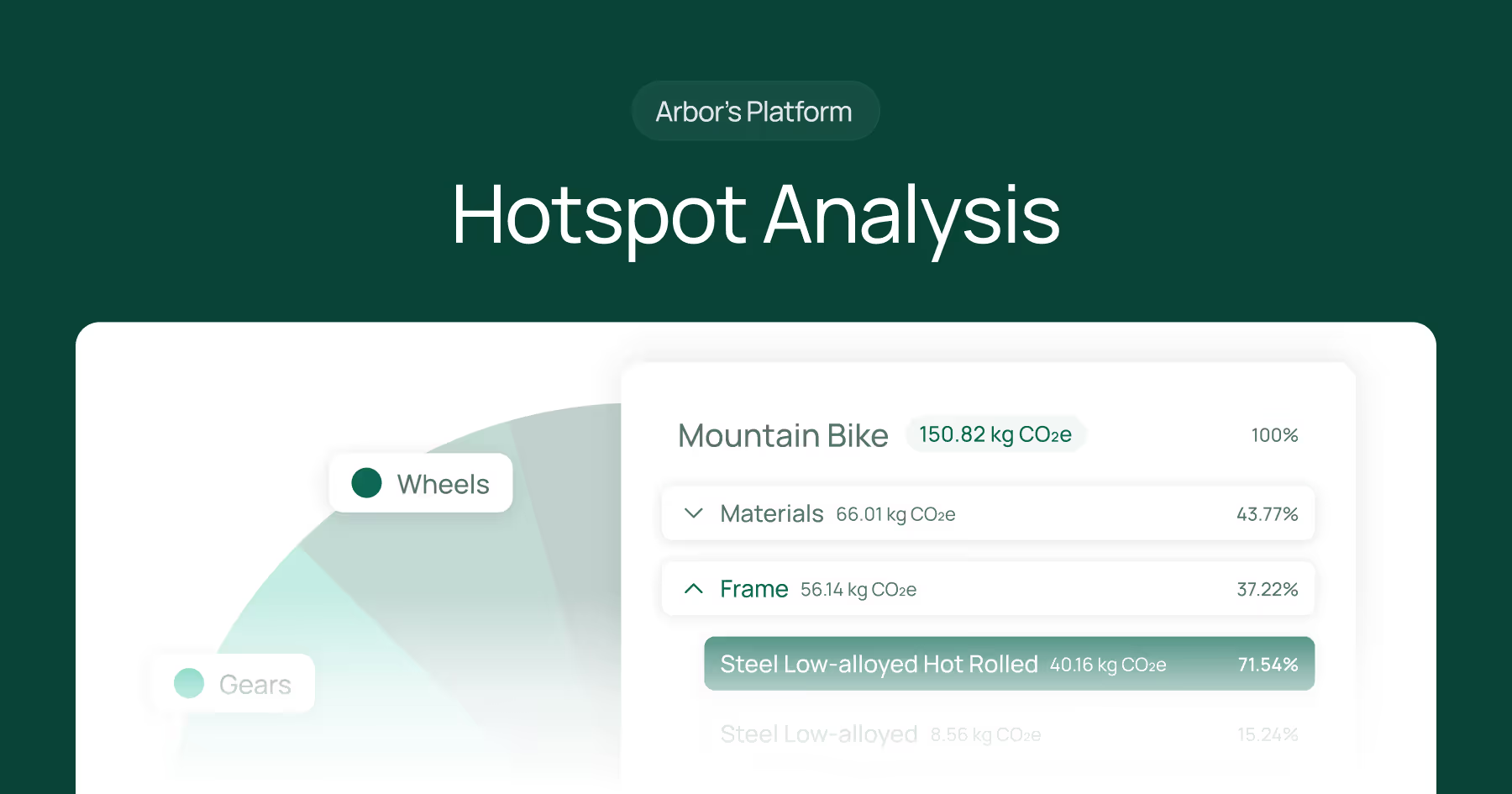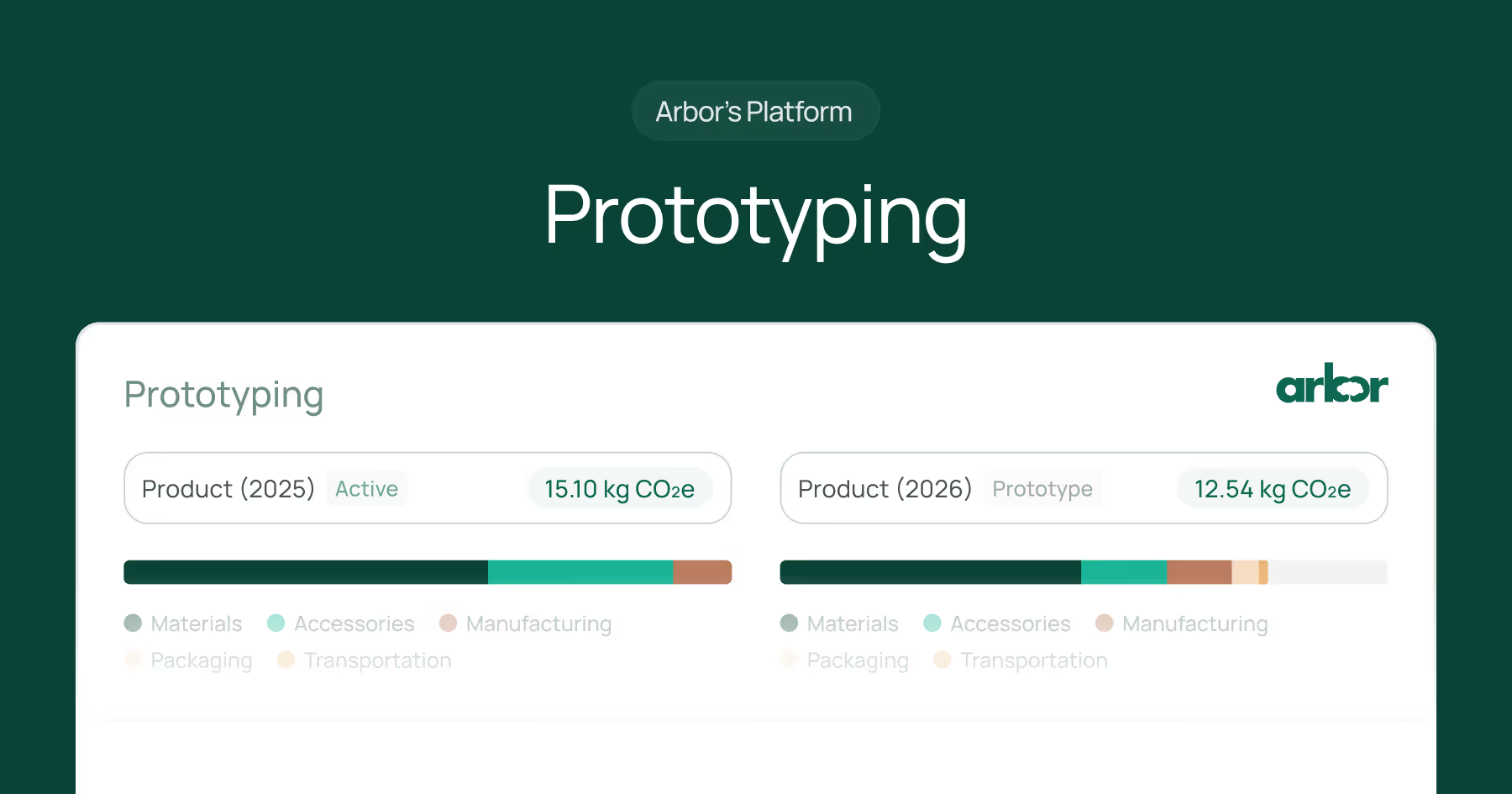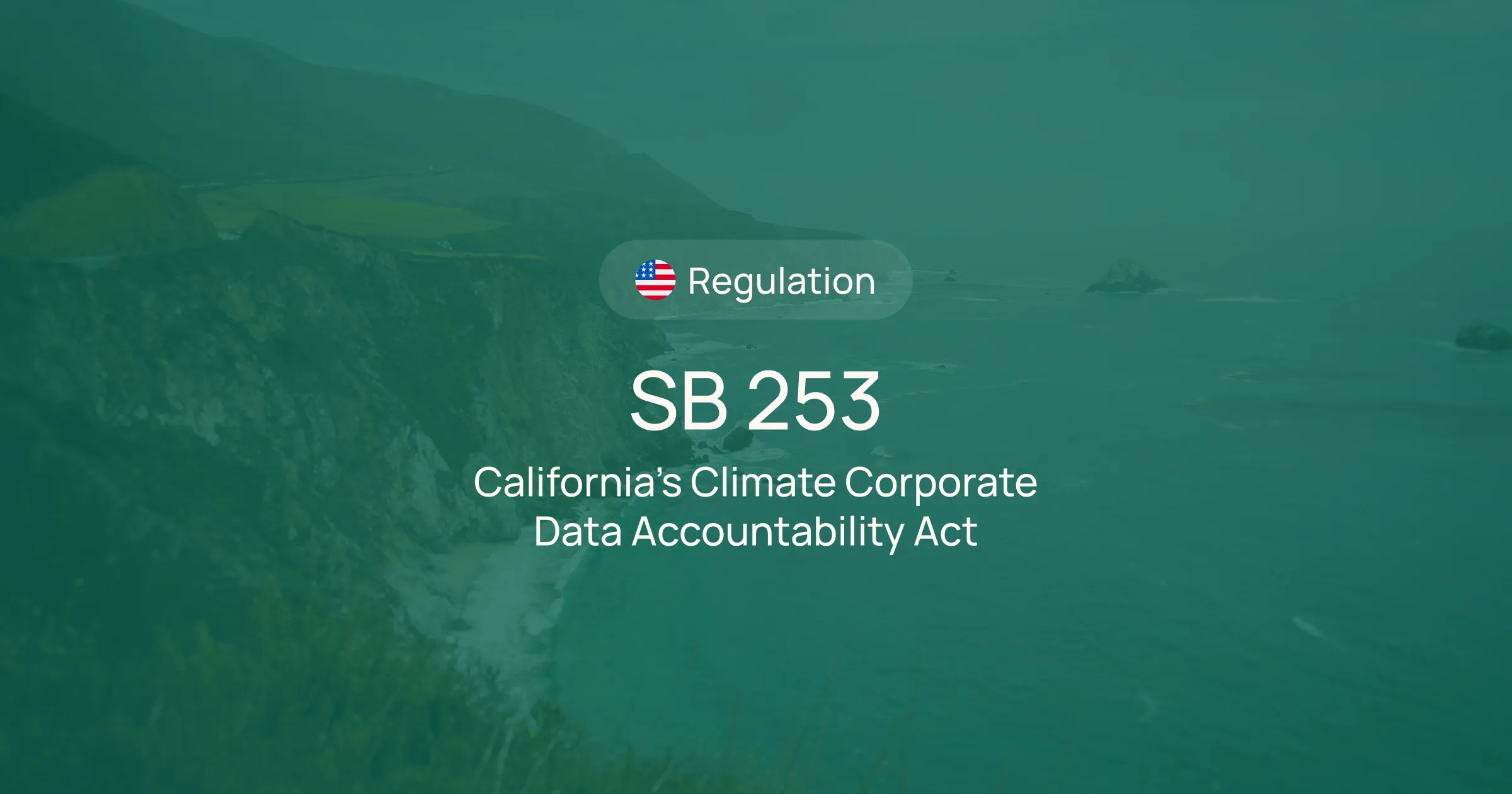Global Warming Potential (GWP) is a critical concept in understanding the impact of greenhouse gases on our planet's climate. This term, often used in discussions about climate change and sustainability, provides a way to compare the ability of different greenhouse gases to trap heat in the Earth's atmosphere. In essence, it measures the total energy that a gas will absorb over a particular period of time, compared to carbon dioxide (CO2).
The GWP of a gas is a relative measure, with CO2 being the reference gas with a GWP of 1. This means that a gas with a GWP of 20 is 20 times more effective at trapping heat in the atmosphere than CO2 over the same time period. Understanding the GWP of different gases is crucial for developing effective strategies to combat climate change.
Understanding the Concept of Global Warming Potential
The concept of Global Warming Potential was developed to compare the ability of each greenhouse gas to trap heat in the atmosphere relative to another gas. The Intergovernmental Panel on Climate Change (IPCC) defines GWP as the cumulative radiative forcing - both direct and indirect effects - that a unit mass of a gas would add to the atmosphere over a specified time period.
The time period usually used for GWP calculations is 100 years. However, the IPCC also provides GWP values for 20 and 500-year time horizons. The choice of time horizon depends on the particular application - for example, a shorter time horizon might be more appropriate for gases that are quickly removed from the atmosphere.
Calculating Global Warming Potential
Calculating the GWP of gas involves integrating the radiative forcing due to a pulse emission of that gas over a chosen time horizon relative to that of CO2. The radiative forcing of a gas is determined by its absorption of infrared radiation, the spectral location of its absorbing wavelengths, and its atmospheric lifetime.
The atmospheric lifetime of a gas is the average time it stays in the atmosphere before natural processes remove it. Gases with longer lifetimes have a greater GWP because they remain in the atmosphere, trapping heat, for a longer period of time.
Limitations of Global Warming Potential
While GWP is a useful measure, it has some limitations. It does not take into account the spatial distribution of the gases in the atmosphere, which can affect their warming impact. Also, it does not consider the indirect effects of gases, such as their impact on ozone levels or cloud formation.
Furthermore, the choice of time horizon can greatly affect the GWP of a gas. A gas that is quickly removed from the atmosphere will have a high GWP over a short time horizon but a low GWP over a long time horizon. This can make comparisons between gases difficult.
Examples of Global Warming Potential
Carbon dioxide (CO2) is the reference gas for GWP calculations, with a GWP of 1. However, other greenhouse gases have much higher GWPs. For example, methane (CH4) has a GWP of 28-36 over 100 years, while nitrous oxide (N2O) has a GWP of 265-298 over the same time period.
Some industrial gases have extremely high GWPs. Hydrofluorocarbons (HFCs), perfluorocarbons (PFCs), and sulfur hexafluoride (SF6) have GWPs in the thousands or tens of thousands. These gases are less common than CO2, CH4, and N2O, but their high GWPs mean they can still significantly impact global warming.
Methane and Global Warming Potential
Methane is a potent greenhouse gas, with a GWP much higher than that of CO2. It is released during the production and transport of coal, oil, and natural gas, as well as by livestock and other agricultural practices and by the decay of organic waste in municipal solid waste landfills.
Despite its high GWP, methane's lifetime in the atmosphere is much shorter than that of CO2, so its effect on long-term warming is not as strong. However, because methane is more effective at trapping radiation, its impact on warming is more significant in the short term.
Nitrous Oxide and Global Warming Potential
Nitrous oxide is a powerful greenhouse gas with a GWP almost 300 times that of CO2. It is released from agricultural and industrial activities, during the combustion of fossil fuels and biomass, and during wastewater treatment.
Like methane, nitrous oxide's lifetime in the atmosphere is shorter than that of CO2, but its warming impact is much stronger in the short term due to its high GWP. Therefore, efforts to reduce nitrous oxide emissions can significantly impact short-term warming.
Global Warming Potential and Carbon Footprint
The concept of GWP is central to the calculation of carbon footprints. A carbon footprint measures the total greenhouse gas emissions caused directly and indirectly by an individual, organization, event, or product. It is usually expressed as a CO2 equivalent (CO2e), which allows for the different GWPs of different gases to be taken into account.
By using the GWP of each gas, emissions can be converted into a common unit (CO2e), allowing for a comprehensive assessment of total greenhouse gas emissions. This makes it possible to compare the emissions from different sources and develop strategies to reduce overall emissions.
Calculating Carbon Footprint
Calculating a carbon footprint involves identifying the sources of greenhouse gas emissions, quantifying the emissions from each source, and then converting these emissions into CO2e using the GWP of each gas. This process can be complex, requiring detailed data on energy use, waste production, and other activities.
There are many tools and calculators available to help individuals and organizations calculate their carbon footprints. These tools typically use emission factors, which are values that estimate the amount of greenhouse gases emitted per unit of activity, such as the amount of CO2 emitted per kilowatt-hour of electricity used.
Reducing Carbon Footprint
Understanding the GWP of different gases and their contribution to a carbon footprint can help identify opportunities for reducing emissions. For example, reducing methane emissions can have a significant impact on a carbon footprint due to its high GWP.
Strategies for reducing a carbon footprint can include energy efficiency improvements, switching to renewable energy sources, reducing waste, and offsetting emissions. By focusing on the activities that contribute most to their carbon footprint, individuals and organizations can make the most effective use of their resources to reduce their impact on the climate.
Global Warming Potential and Climate Policy
The concept of GWP plays a key role in climate policy. It is used in the Kyoto Protocol and other international agreements to quantify and compare the emissions of different greenhouse gases. This allows for the development of emission reduction targets and the tracking of progress towards these targets.
GWP enables policymakers to make informed decisions about where to focus efforts to reduce emissions by providing a common measure for comparing the warming impact of different gases. It also allows for developing market-based mechanisms for reducing emissions, such as carbon trading.
International Agreements and GWP
The Kyoto Protocol, an international treaty that commits its Parties to reduce emissions of greenhouse gases, uses GWP values from the IPCC to compare emissions of different gases. The Protocol sets binding targets for reducing greenhouse gas emissions by developed countries, and these targets are expressed in terms of CO2e, using the GWP of each gas.
More recently, the Paris Agreement, which aims to limit global warming to well below 2 degrees Celsius above pre-industrial levels, also uses GWP to compare emissions of different gases. The Agreement requires all Parties to regularly report on their emissions and efforts to reduce them, using a common transparency framework.
Carbon Trading and GWP
Carbon trading, also known as emissions trading, is a market-based approach to reducing greenhouse gas emissions. It involves setting a cap on total emissions and issuing tradable permits or allowances representing the right to emit a certain amount of greenhouse gases. The total number of allowances is equal to the cap, and this decreases over time to reduce total emissions.
Under a carbon trading system, the GWP of each gas is used to determine the number of allowances required for each emission unit. This allows for trading emissions of different gases, providing an economic incentive for reducing emissions. By putting a price on carbon, carbon trading encourages the reduction of the most cost-effective emissions first.
Summary
Global Warming Potential is crucial in understanding the impact of different greenhouse gases on our planet's climate. By providing a measure of the total energy that a gas will absorb over a particular period of time, compared to CO2, it allows for the comparison of the warming impact of different gases.
While GWP has some limitations, it is a valuable tool for calculating carbon footprints, informing climate policy, and driving efforts to reduce emissions. By understanding the GWP of different gases, we can make informed decisions about how to combat climate change most effectively.
Understanding Global Warming Potential is just the beginning. If you're an executive or project leader looking to navigate the complexities of carbon management with precision and ease, Arbor is your ally. Our platform empowers you to calculate emissions with industry-leading accuracy, generate GRI-certified reports, and gain actionable insights to make data-backed environmental decisions. With Arbor, you can confidently address stakeholder and regulatory pressures, save time and budget, and access a framework for reliable carbon management. Embrace the power of material-level calculations, region differentiation, and product prototyping to become a sustainability champion in your organization.
Talk to sales today and discover how Arbor's Carbon Management Platform can transform your company's approach to sustainability.
Measure your carbon emissions with Arbor
Simple, easy carbon accounting.

FAQ
How can carbon accounting software assist in emissions audits and operational changes to reduce emissions?
Understanding the Role of Carbon Accounting Software in Emissions Audits and Emission Reduction
Carbon accounting software plays a pivotal role in enabling organizations to grasp their current environmental impact through precise tracking and analysis of CO2 emissions. By integrating this technological solution, businesses gain the ability to comprehensively assess their carbon footprint, pinpointing sources of emissions across their entire operations and extended supply chain.
Key Benefits of Carbon Accounting Software:
- Comprehensive Data Collection: The software efficiently gathers emissions data from diverse sources within the organization and its supply chain. This allows for a unified view of emissions, irrespective of data format, ensuring that no emission source is overlooked.
- Facilitation of Emissions Audits: With detailed and accurate emissions information at their fingertips, companies can conduct thorough audits. These audits assess the effectiveness of current practices and identify critical areas where improvements can be made.
- Strategic Planning: Beyond audits, carbon accounting software aids in formulating strategies for mitigating risks associated with climate change. Organizations can use the insights provided to develop targeted action plans aimed at reducing their environmental impact and progressing towards sustainability goals such as Net Zero.
- Business Intelligence: The integration of emissions data across various business units offers valuable insights that can drive operational changes. By understanding emissions in real-time, decision-makers can implement immediate corrective measures, improving sustainability and operational efficiency simultaneously.
In summary, carbon accounting software is not just a tool for measuring emissions but a critical component for any organization committed to significant and sustainable environmental stewardship. It supports in conducting detailed emissions audits, crafting informed strategies for mitigation, and driving the operational changes necessary for reducing carbon output.
How do frameworks like the Greenhouse Gas Protocol and international organizations contribute to global climate change response?
Frameworks such as the Greenhouse Gas Protocol and the collective efforts of international organizations are instrumental in steering the global response to climate change. Originating from collaborations between the World Resources Institute (WRI) and the World Business Council for Sustainable Development (WBCSD), the Greenhouse Gas Protocol supplies comprehensive methods for measuring and managing greenhouse gas emissions. This sets a global standard that helps unify different strategies and reporting across borders.
Furthermore, global entities like the Intergovernmental Panel on Climate Change (IPCC) and the United Nations Framework Convention on Climate Change (UNFCCC) are pivotal in this arena. These bodies facilitate the development of policies, establish reporting standards, and recommend actionable mitigation strategies. Through their authoritative guidance and scientific assessments, these organizations shape the international understanding of the impacts of greenhouse gases. Consequently, they play a vital role in crafting coordinated global measures to combat global warming and its effects.
What are some key components of carbon accounting and environmental reporting?
Understanding the Foundations of Carbon Accounting and Environmental Reporting
Carbon accounting and environmental reporting are critical aspects of environmental management and policy-making. The passage delves deeply into one significant component, the Global Warming Potential (GWP), elaborating on its importance, calculation, and application in environmental reporting.
Key Component: Global Warming Potential (GWP)
1. Significance of GWP in Environmental Science
GWP is indicated as an essential metric in carbon accounting. It offers a standardized method for comparing and aggregating the warming impact of different greenhouse gases relative to carbon dioxide (CO2), which is universally used as the baseline with a GWP of 1. This uniformity is vital for both setting achievable emission reduction targets and simplifying the reporting process globally.
2. The Calculation of GWP
- Time Horizons: GWP values are computed over various time horizons—commonly 20, 100, and 500 years—to account for the fact that gases persist in the atmosphere for different lengths of time and have diverse impacts based on their longevity.
- Radiative Efficiency: The process begins by evaluating how effectively each gas traps heat. This is determined by the gas's ability to absorb and re-emit energy back to Earth. A higher efficiency means a greater potential to contribute to warming.
- Atmosphere Lifespan: Alongside radiative efficiency, the gas's atmospheric lifespan is critical. It represents how long the gas remains in the atmosphere, influencing the duration of its warming effect.
- Comparative Assessment: The final GWP figure is derived by comparing the total impact of each gas to that of CO2 across the chosen time frame. This comparison often includes considering indirect effects on elements like ozone or cloud formations, adding complexity to the GWP calculation.
Importance of GWP in Policy and Reporting
GWP not only aids scientists and policymakers in evaluating and prioritizing the gases that should be regulated but also supports comprehensive environmental reporting. By integrating GWP into environmental reports, organizations can provide a clearer picture of their impact on global warming, fostering more informed decision-making in climate policy.
In summary, the passage underscores Global Warming Potential as a cornerstone of carbon accounting and environmental reporting. The detailed exploration into how GWP is calculated and utilized affords valuable insight into the broader practice of managing and reporting greenhouse gas emissions.
What are the limitations of using GWP as a metric for comparing greenhouse gases?
Using Global Warming Potential (GWP) as a metric to compare the climate impacts of various greenhouse gases offers a convenient simplification, but it comes with notable drawbacks that merit attention:
1. Oversimplification of Atmospheric Interactions:
GWP reduces the impact of different gases to a single number relative to CO2. This method glosses over the distinct behaviors and lifecycle effects of each gas over time. Since GWP values are tied to specific timeframes—like 20, 100, or 500 years—they may not accurately reflect the true, nuanced long-term or immediate environmental impacts of the gases.
2. Exclusion of Indirect Effects:
Another significant limitation is that GWP does not consider the indirect consequences of greenhouse gases. Important factors like how gases affect cloud formation or influence the Earth's albedo (its ability to reflect solar radiation) are left out. These indirect effects can play a critical role in climate change but are not accounted for in GWP calculations.
3. Uncertainties in Calculation:
The calculation of GWP involves complex atmospheric models which hinge on various assumptions. These models can vary, introducing a degree of uncertainty into the resulting GWP values. Such uncertainties can spark debates over the accuracy of these metrics, affecting climate policies and strategies aimed at emission reduction.
4. Narrow Focus on Climate Mitigation:
Reliance on GWP may lead to an overly narrow focus in climate mitigation strategies. It ignores other vital aspects such as the rate of emissions, the geographic sources of emissions, and the socio-economic implications of reducing emissions. These elements are crucial for a well-rounded approach to climate science and developing effective policies.
In conclusion, while GWP provides a useful framework for comparing the relative climate impacts of different greenhouse gases, it should not be used in isolation. A more holistic approach is needed for comprehensive climate science and policy-making.
What key steps and considerations are involved in calculating GWP?
Understanding GWP Calculation
Calculating the Global Warming Potential (GWP) of greenhouse gases is essential for understanding their impact on the environment compared to carbon dioxide (CO2). Let's walk through the critical steps and considerations involved in this calculation.
1. Choosing the Time Horizon
The impact of greenhouse gases can vary greatly depending on the timeframe considered. For GWP calculations, common time horizons are 20, 100, or 500 years. This timeframe selection is crucial as it influences how the gases' persistence and impact are assessed.
2. Evaluating Radiative Efficiency
One of the first steps in calculating GWP is to evaluate how effectively each gas can absorb and re-emit infrared radiation. This step assesses the gas's inherent ability to trap heat within the atmosphere, known as its radiative efficiency.
3. Assessing Atmospheric Lifetime
Another fundamental factor is the atmospheric lifetime of the gas. This measures how long the gas will typically remain in the atmosphere before being neutralized or dispersed. Gases with longer lifetimes can affect the climate for extended periods, thereby increasing their GWP.
4. Integrating Over the Time Horizon
Combining the radiative efficiency and atmospheric lifetime, the calculation then integrates these values over the selected time horizon. This process essentially quantifies the total heat a certain quantity of the gas will trap over that period.
5. Comparing to CO2
Finally, to ascertain the GWP, the effects of the greenhouse gas are compared to those of CO2, the baseline standard with a GWP of 1. This comparison results in a ratio indicating how much more or less impactful a gas is compared to CO2 over the same period.
6. Considering Indirect Effects
In some cases, additional factors such as the gas's influence on clouds and ozone levels may be included. These indirect effects can complicate the GWP calculation and are more challenging to quantify reliably.
Each of these steps combines to provide a comprehensive view of a gas's Global Warming Potential, offering crucial data for environmental policy and mitigation strategies.




.webp)











%20Arbor.avif)





%20Arbor.avif)


.avif)






%20Arbor%20Canada.avif)

.avif)
%20Arbor.avif)
.avif)






_.avif)
.avif)
%20Arbor.avif)




%20Software%20and%20Tools.avif)





.avif)
.avif)




%20EU%20Regulation.avif)












.avif)


%20Arbor.avif)








_%20_%20Carbon%20101.avif)







.avif)

.avif)
.avif)



.avif)








